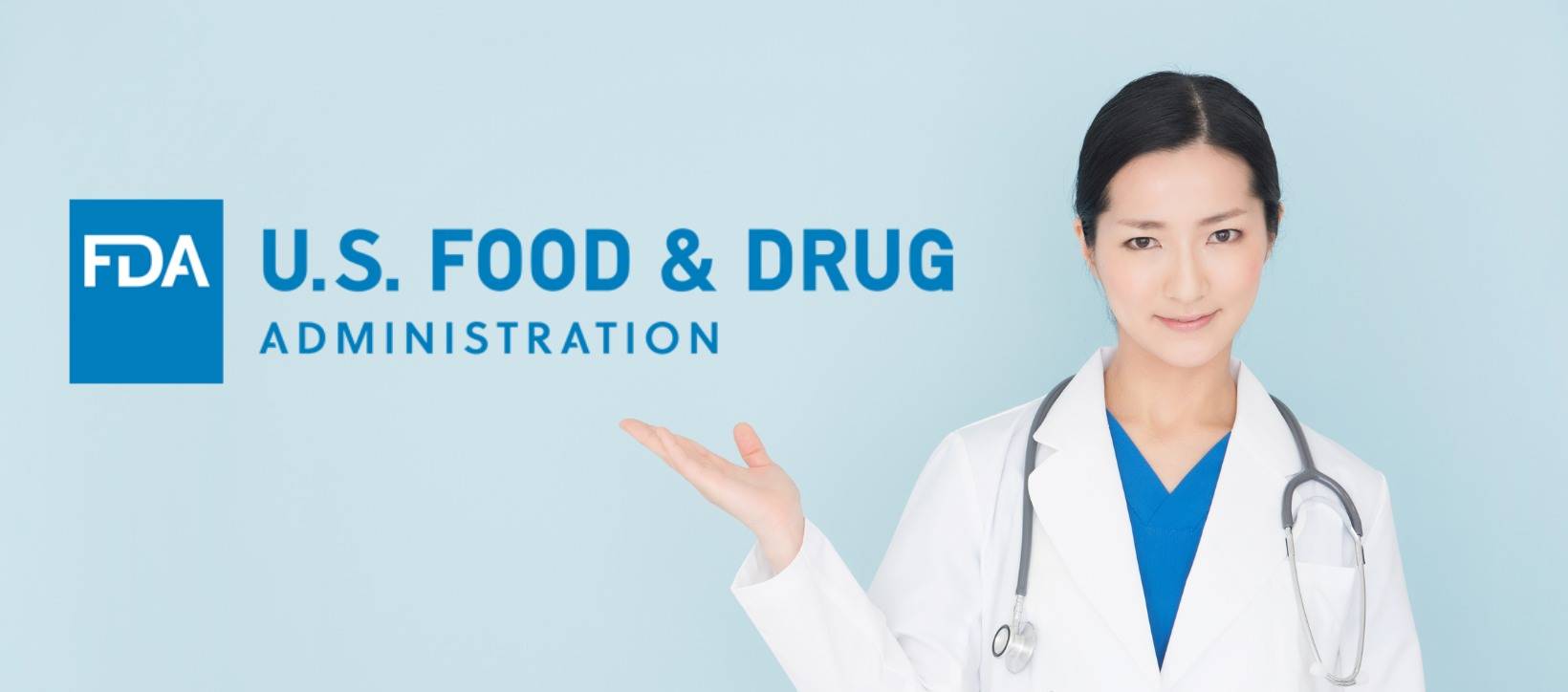The new article describes in detail the approach to be applied concerning documenting the review process, its completion, and reporting.

Table of content
The Food and Drug Administration (FDA or the Agency), the US regulating authority in the sphere of healthcare products, has published a draft guidance document dedicated to the 510(k) Third Party Review Program and Third Party Emergency Use Authorization (EUA) review.
Once finalised, the document will provide an overview of the applicable regulatory requirements, as well as additional clarifications and recommendations to be taken into consideration by medical device manufacturers and other parties involved to ensure compliance thereto.
At the same time, the authority explicitly states that provisions of the guidance and recommendations provided therein are non-binding in their legal nature, nor are they intended to introduce new rules or impose new obligations.
Moreover, an alternative approach could be applied, provided such an approach is in line with the corresponding legislation and has been agreed with the authority in advance.
The document describes the procedures and guidelines for Third Party Review Organizations (TROs) in the context of medical device submissions to the FDA, particularly for 510(k) submissions and Emergency Use Authorization (EUA) requests.
Third-Party Review Documentation Process
The scope of the guidance covers, inter alia, the aspects related to the way the review process should be documented.
- Documentation by TROs: After a final recommendation, TROs must prepare comprehensive documentation detailing the reasoning and steps leading to their decision in line with 21 CFR 10.70, which provides a framework for documenting significant decisions in an administrative file.
The review memo should offer a clear narrative explaining how the device works, the information provided by the submitter to demonstrate Substantial Equivalence (SE), or, in the case of an EUA request, the evidence supporting the product’s potential effectiveness. - Standards Reference: If standards are cited in a submission, their application in the submission should be discussed.
Both submitters and TROs are advised to refer to the FDA guidance on the appropriate use of voluntary consensus standards in premarket submissions. - Review Memorandum Content: The review memorandum should address whether the required information was included in a submission and explain how the TRO arrived at its recommendation.
It should detail the adequacy of each section of the submission and reference specific sections and page numbers. Any deficiencies and responses should be documented clearly. - Facilitating FDA Review: As explained by the authority, the review memorandum is vitally important for the FDA to understand the TRO’s recommendation.
Clear documentation is expected to reduce the need for the FDA to re-review the submission, thus improving the efficiency of the FDA’s final review.

Submission and Review Process
Upon completing a review, TROs should submit both the submitter-generated submission and the TRO’s review documentation to the FDA.
For 510(k) submissions and 3PEUA submissions, electronic formats are required, and specific guidelines like using eSTAR for 510(k) submissions must be followed.
TROs must include a cover letter, a signed certification confirming the accuracy and completeness of the information, and a comprehensive review memorandum.
The submission from the submitter should be the latest version, including responses to any deficiencies.
According to the guidance, both types of submissions have unique requirements for review documentation. For 510(k) submissions, the TRO should review and confirm the administrative completeness of the submission, including any consults that occurred before the submission.
For EUA requests, the TRO should ensure that all necessary information for a substantive review is included.
In cases where submissions are made directly to TROs, specific letters of authorization and FDA communication are required.
Additional Information and Dispute Resolution
The document also outlines the scope of additional information to be provided by the parties involved and explains the approach to be applied in the context of dispute resolution.
In particular, after the submission, should the FDA require more information for decision-making, it reserves the right to contact the TRO and request such information to be provided.
The TRO should then work with the submitter to address these concerns and update their review documentation accordingly.
TROs are encouraged to seek clarification from the FDA or the submitter during a review to avoid disputes.
The FDA has specific guidance documents for appeals processes related to 510(k) submissions, and a separate communication channel is provided for complaints against a 3P510k RO.
Conclusion
In summary, the document outlines a detailed process for Third Party Review Organizations in handling and documenting reviews of medical device submissions to the FDA.
It emphasizes the importance of thorough documentation, clear communication, and adherence to specific guidelines and standards to facilitate an efficient and transparent review process.
How Can RegDesk Help?
RegDesk is a holistic Regulatory Information Management System that provides medical device and pharma companies with regulatory intelligence for over 120 markets worldwide. It can help you prepare and publish global applications, manage standards, run change assessments, and obtain real-time alerts on regulatory changes through a centralized platform. Our clients also have access to our network of over 4000 compliance experts worldwide to obtain verification on critical questions. Global expansion has never been this simple.

